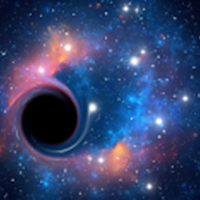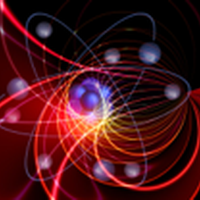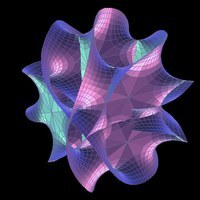Research lines
The activities of the theory group focus on the study of the fundamental interactions, encompassing a wide spectrum of interests which go from formal investigations, to theory and phenomenology of strings, fields and particles, to nuclear physics, to gravitation and cosmology, to statistical and quantum physics.

Gravitation and Cosmology
Understanding the origin and dynamics of the primordial universe when the energy was close to the Planck scale, as well as the dynamics of black holes, offer numerous challenges. These include quantum effects in gravitational interactions, the mechanism of cosmic inflation, the nature of dark matter and of dark matter.

Phenomenology of fundamental interactions
The study of the fundamental interactions between the elementary constituents of matter at accelerators working at the energy and intensity frontiers, aims at providing an answer to some of the most enticing questions in physics: How comes that the Universe is matter dominated? What is the origin of the tiny neutrino masses? Is there new physics in reach beyond the electroweak scale? Do we fully understand the various regimes of strong interactions? What are the properties of nuclear systems at the stability limit and in extreme environments?

Quantum field theory and strings
Quantum field theory is the primary theoretical tool to describe both fundamental interactions and condensed matter. Nevertheless, several issues still remain open. These include the study of non-perturbative effects also via exact methods like integrability, the dynamics of supersymmetric theories and consistent theories of quantum gravity like strings, the duality between gauge and string theory, systems with branes and extra dimensions and the connection between fundamental physics at high scales and low-energy phenomenology.

Quantum many body systems and quantum information
The study of the quantum many body systems is the cornerstone of our understanding of different forms of matter, from its fundamental constituents to composite structures. As a result of important experimental advances that have allowed to synthesize new materials and to directly manipulate atomic structures, theory has developed new methods that integrate numerical simulations techniques with modern approaches to statistical field theory, importing also powerful tools from information theory and quantum computations, with a high impact in applications for data science.